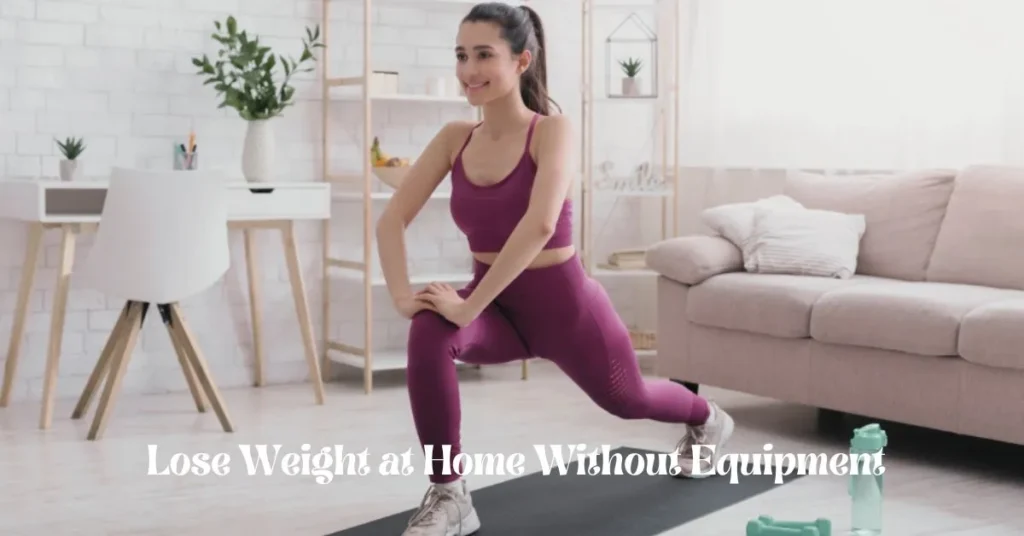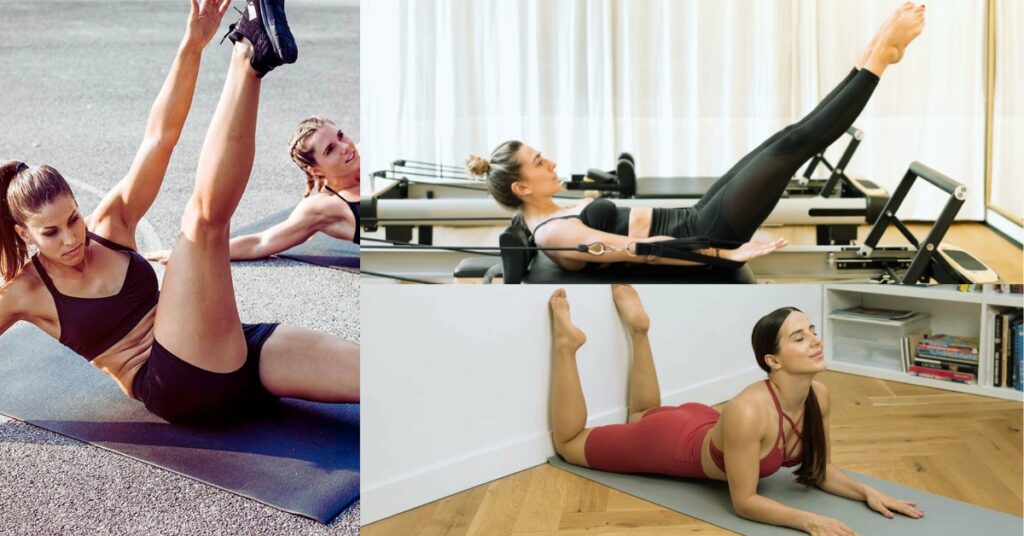Best Cardio Workouts for Weight Loss
Tackling on a weight loss journey often leads to the crossroads of choosing the right type of exercise. While diet plays a crucial role in shedding pounds, cardio workouts are the engine that revs your fat-burning capabilities. Best Cardio Workouts for Weight Loss, improve heart health, increase stamina, and boost overall well-being.
In the realm of cardio workouts, variety is vital. Not only does it prevent boredom, but it also allows your body to challenge different muscle groups and avoid hitting a fitness plateau. From the high-intensity thrill of sprinting to the rhythmic strides of power walking, each cardio workout offers unique benefits and experiences.
This principle tackles the 12 best cardio workouts tailored for weight loss. Whether you’re a fitness enthusiast or just starting, these workouts are designed to cater to a wide range of fitness levels and preferences. So, medic up your sneakers, and let’s explore these dynamic exercises that will set you on the path to achieving your weight loss goals.
12 The Best Cardio Workouts for Weight Loss and Cardio Workouts Benefits
1: High-Intensity Interval Training (HIIT):
It involves intense activities like sprinting or jumping for 30-60 seconds, followed by 15-30 seconds of rest or low-intensity exercise. These intervals are repeated for 15-30 minutes.
Benefits: Enhances fat burning and metabolism, improves cardiovascular health, and builds endurance. It is ideal for those with limited time for workouts.
2: Running or Jogging:

This can be performed at various paces and inclines, either outdoors on different terrains or a treadmill. Sessions typically last 20-60 minutes.
Benefits: Effective for whole-body fitness, aids in weight management, and releases endorphins for mental well-being.
Also read 29 Ways to Lose Weight Naturally
3: Cycling:

Outdoor cycling on roads or trails or indoor stationary cycling, often with varying resistance levels. Sessions can range from 30 minutes to over an hour.
Benefits: Excellent for cardiovascular health, lower body strength, and joint mobility. Suitable for all fitness levels.
4: Jump Rope:
Involves various techniques like single jumps, high knees, or double unders. Sessions can last from 10 to 30 minutes.
Benefits: Enhances coordination, agility, and bone density. It’s also a high-calorie burner and can be done almost anywhere.
5: Rowing:

Utilizes a rowing machine to mimic the motion of rowing a boat. Workouts typically last 20-40 minutes, engaging aerobic and anaerobic systems.
Benefits: Targets multiple muscle groups, including legs, back, and arms. It improves cardiovascular fitness and offers a full-body workout.
Also read Top 8 Drinks Lose Winter Weight
6: Swimming:

Involves different strokes in a pool (like freestyle, breaststroke) for sessions lasting 30 minutes to an hour.
Benefits: Provides a total body workout, improves muscle strength and endurance, and enhances lung capacity.
7: Kickboxing:
Combining martial arts techniques and heart-pumping cardio, sessions usually last 30-60 minutes.
Benefits: Burns calories, improves balance, flexibility, and coordination, and can be a powerful stress reliever.
8: Stair Climbing:

I am climbing stairs or using a stair climber machine for 20-30-minute sessions.
Benefits: Builds lower body strength, particularly in the glutes, hamstrings, and calves, and offers an effective cardiovascular workout.
Also read Belly Fat Tea: 7 Types of Tea That Burn Belly Fat
9: Dance Cardio Classes:
Fun, choreographed routines set to music, such as Zumba, lasting around 45-60 minutes.
Benefits: Burns calories, improves balance and coordination and elevates mood.
10: Circuit Training:
It involves a series of aerobic exercises (like jumping jacks and running in place) and strength exercises (like squats and push-ups) performed in a circuit. Each workout session can last from 30 to 45 minutes.
Benefits: Builds strength and endurance, boosts metabolism, and can help break the monotony of regular workouts.
11: Elliptical Training:

I used an elliptical machine to simulate walking or running without the high impact, typically for 30-45 minutes.
Benefits: Provides a cardiovascular workout that’s gentle on the joints. Suitable for those with knee or hip issues.
12: Power Walking:
Walking briskly in a manner that raises the heart rate, usually performed for 30-60 minutes.
Benefits: Improves cardiovascular health, tones muscles, and is low impact, making it suitable for all ages and fitness levels.
Pros and Cons of Cardio Workouts for Weight Loss
Pros:
Enhanced Calorie Burning: Cardio exercises efficiently burn many calories, aiding in weight loss.
Improved Cardiovascular Health: Regular cardio workouts strengthen the heart and lungs.
Increased Metabolism: Cardio can boost the body’s metabolism, helping burn calories more efficiently.
Versatility and Variety: A wide range of exercises to suit different preferences and fitness levels.
Mood Enhancement: Cardio exercises release endorphins, which improve mood and reduce stress.
Cons:
Risk of Overuse Injuries: High-impact cardio can lead to joint strain or muscle injuries, especially without proper form or rest.
Monotony: Some individuals may find specific cardio exercises repetitive and dull.
Plateau Effect: Without varying intensity or type, the body may adapt, leading to a plateau in weight loss.
Not Enough for Muscle Building: Focused primarily on cardiovascular health rather than building significant muscle mass.
Time-Consuming: Some cardio workouts require longer durations to be effective, which might be challenging for those with limited time.
FAQs
Q1: How often should I do cardio workouts for weight loss?
A1: As per guidelines, aim for at least 150 minutes of moderate-intensity cardio or 75 minutes of high-intensity cardio per week for significant weight loss benefits.
Q2: Can I lose weight by doing cardio alone?
A2: While cardio is effective for weight loss, combining it with strength training and a healthy diet can yield better results.
Q3: Is it better to do cardio on an empty stomach?
A3: This depends on individual preference and body response. Some find fasted cardio effective, while others may need fuel for energy.
Q4: Can high-intensity cardio be too much for beginners?
A4: High-intensity workouts should be approached gradually. Beginners can start with low to moderate-intensity exercises and progressively increase intensity.
Conclusion
Cardio workouts are a cornerstone of fitness, particularly for those aiming to lose weight. They offer various options suitable for all fitness levels, from brisk walking to high-intensity interval training. The key is to find activities you enjoy, ensuring consistency and preventing burnout. Effective weight loss combines regular exercise, a balanced diet, and ample rest. As you embark on your fitness journey, listen to your body. Feel free to adjust your workout plan to align with your evolving fitness goals and preferences.


